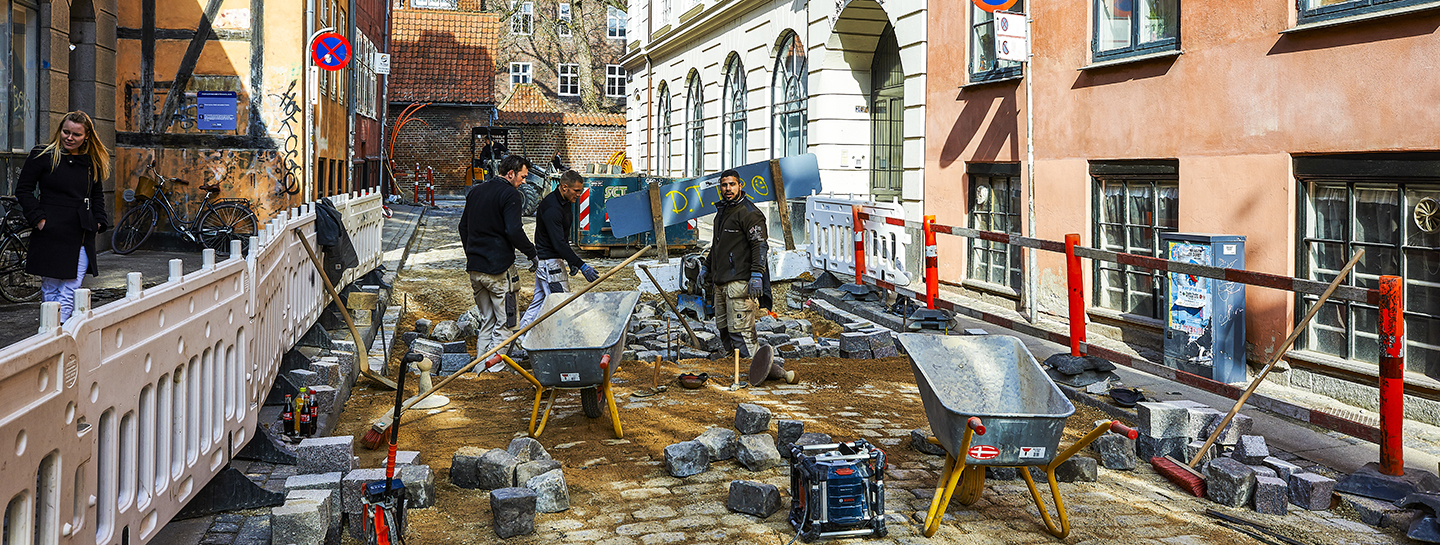Paver
Profile of skills and competences
A paver who has finished an apprenticeship and is thus the holder of a journeyman’s certificate is able to:
- Execute surfacing with granite as well as concrete
- Execute lay surfacing on pavements as well as on walking streets
- Place kerb stones
- Repair paving
- Plan and execute common tasks required by the field in the expected quality and pursuant to laws, regulations and traditions
- Participate in the planning and execution of special tasks in the field
- Seek information, advise customers on choice of materials, quality-assure, plan, organise and execute tasks in cooperation with the members of other trades at the workplace
- Apply laws and regulations regarding construction, including health and safety, perform the work with due consideration of the local and global environment
Range of occupations accessible to the holder of the certificate
The qualified paver can be employed at paving specialist enterprises, at larger contracting companies and municipalities.
The paver performs paving and surfacing tasks with natural stone and concrete materials, for example.
This includes laying of cobblestones, kerb stones, surfacing with flagstones, tooling, cutting, adjusting as well as underlay adjustment, repair and maintenance tasks.
Level of certificate
The training programme is a vocational education programme which is placed in:
The Danish qualification framework for life-long learning at level: 4
European Qualification Framework (EQF) at level: 4
Info
The education takes from 4 years to 4 years and 6 months depending on the start date
AP Graduate in Construction Technology, Bachelor of Architectural Technology and Construction, Constructor. A person who completes the apprenticeship as EUX-apprentice is eligible to seek admission to an engineering or architectural education. The person is also entitled to secondary supplementary courses necessary to gain access to other, specific higher educations.

